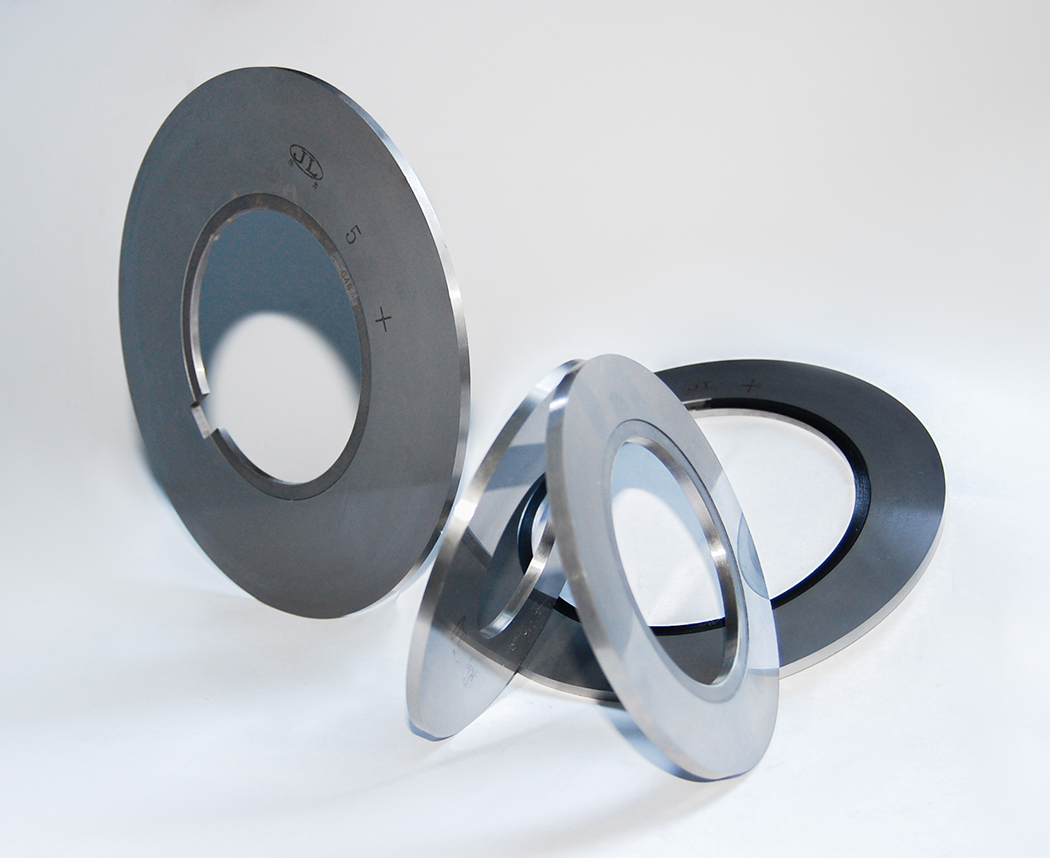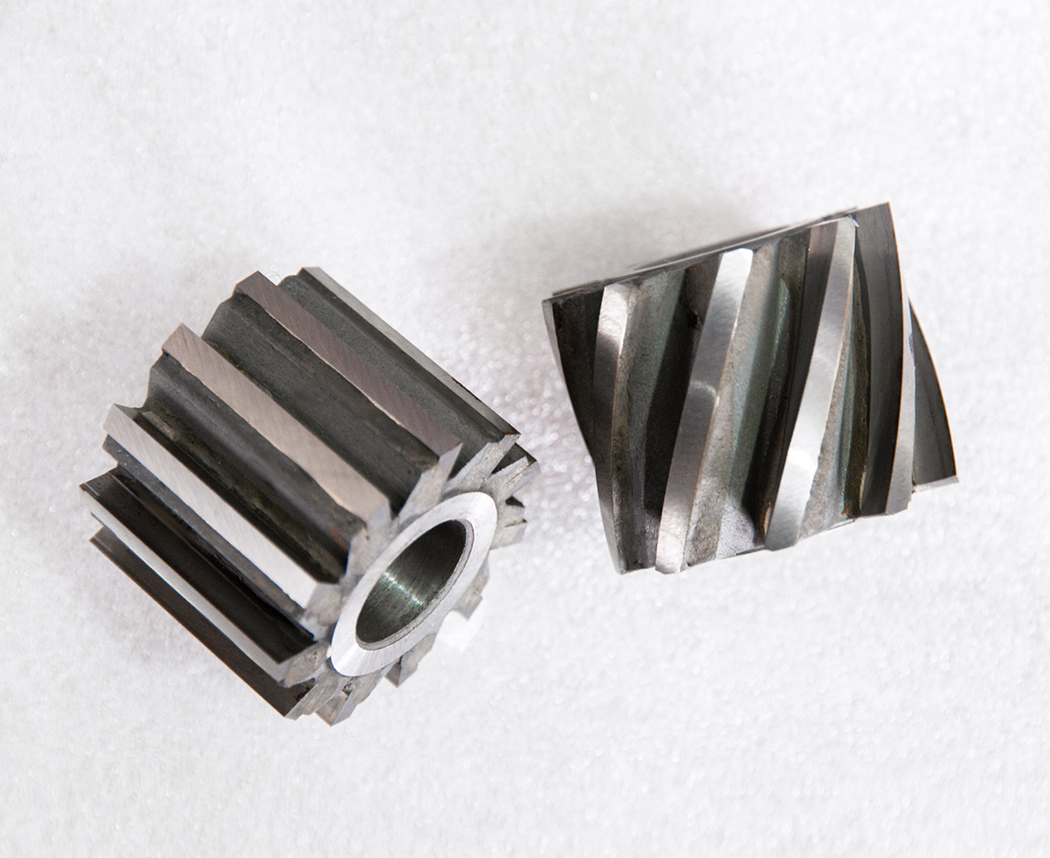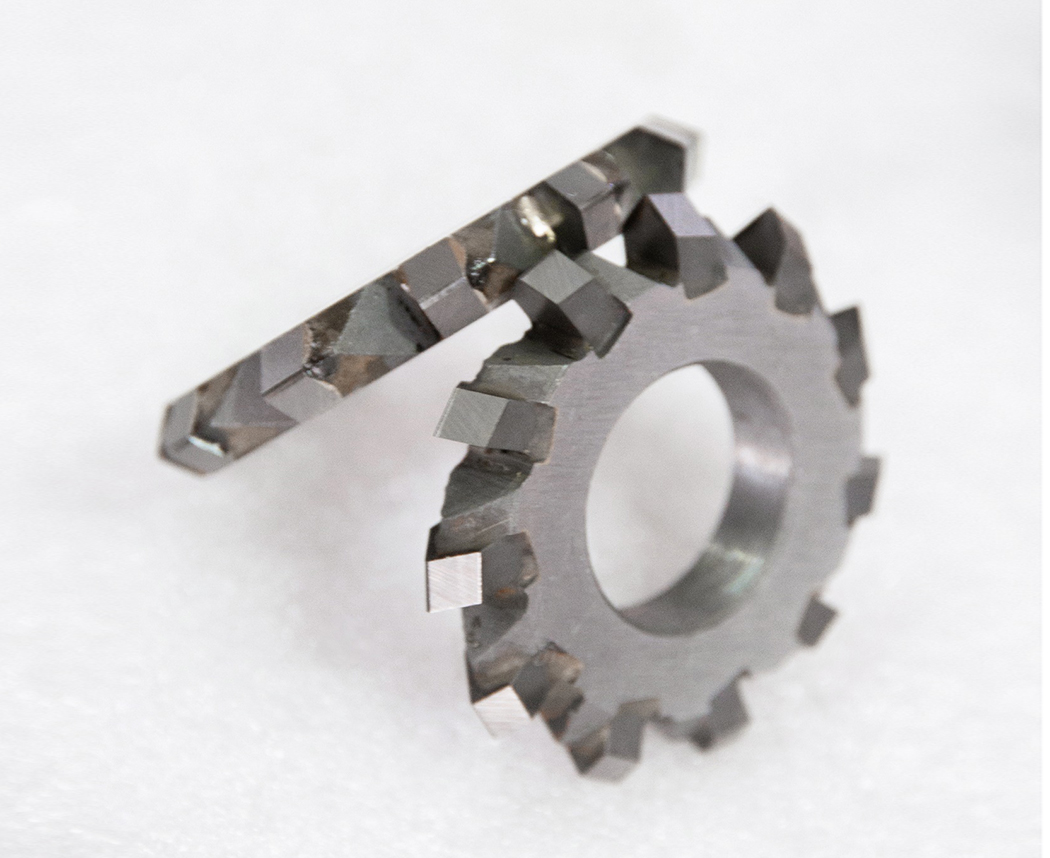News Center
Recommending Products
Contact: Mr. Jin
Tel: 13901575780
0512-52428686
Contact: Mr. Zha
Tel: 13913639797
0512-52422071
Address: No. 59, Huyi Road, Liantang, Shanghu Town, Changshu City, Jiangsu Province.
What are the advantages of high-speed steel single angle milling cutters
High speed steel single angle milling cutter (the cutting part of the tool is made of high-speed steel material, and the cutting edge is in a "single angle" shape, usually with one side as the main cutting edge and the other side as the auxiliary cutting edge or smoothing edge) has irreplaceable value in specific machining scenarios due to the material characteristics of high-speed steel and the cutting advantages of single angle structure. The core advantages are concentrated in five dimensions: cutting performance, adaptability, durability, cost, and machining flexibility, as follows:Sources:www.apocrest.com | PublishDate:2025.10.14
1、 Core Advantage 1: High speed steel material comes with "strong cutting performance", suitable for processing medium and low hardness materials
High speed steel (HSS, such as W18Cr4V, W6Mo5Cr4V2) is used as a cutting tool material, and its physical properties directly endow single angle milling cutters with excellent cutting foundations, especially suitable for medium and low hardness metal and non-metal materials:
Excellent red hardness, temperature resistance and heat wear resistance
High speed steel can maintain high hardness (≥ 60HRC) at high temperatures of 500-600 ℃, which is much better than ordinary carbon tool steel (softened at 200-300 ℃). During processing, the high temperature generated by the friction between the cutting edge of the milling cutter and the workpiece will not quickly cause the edge to soften, and can be continuously cut for a longer time (such as when processing 45 steel, the single cutting time is 3-5 times that of ordinary carbon steel milling cutters), reducing the frequency of tool changes caused by "overheating and passivation of the edge".
High toughness, impact resistance, and less prone to blade breakage
The impact toughness of high-speed steel (≥ 20J/cm 2) is much higher than that of hard alloys (usually ≤ 5J/cm 2). Single angle milling cutters are less likely to fracture or break due to impact when machining "materials with slight impurities" (such as cast iron with a small amount of sand holes) or "intermittent cutting" (such as milling step surfaces of slotted workpieces). For example, when processing the corners of aluminum alloy die-casting parts, high-speed steel single angle milling cutters can withstand slight bumps, while hard alloy single angle milling cutters may directly break the edge, reducing the scrap rate.
Easy to sharpen, can be repeatedly repaired and reused
The grinding performance of high-speed steel is good, and its sharpness can be easily restored through ordinary grinding wheels (such as white corundum grinding wheels). When the main cutting edge of a single angle milling cutter becomes dull, it does not need to be directly scrapped. The cutting edge angle can be re adjusted through grinding (such as maintaining the original 45 ° single angle), and a single milling cutter can be repeatedly ground 3-5 times, greatly extending its service life and reducing tool procurement costs.
2、 Core Advantage 2: Single corner structure "correctly adapts to specific processing scenarios", high replacement cost
The "single angle cutting edge" of a single angle milling cutter (usually with a fixed main angle of 45 °, 60 °, 90 °, etc.) is designed for "forming machining" or "specific angle surface machining", and other types of milling cutters (such as end mills, end mills) are difficult to replace. The specific advantages of adapting to different scenarios are as follows:
Efficient processing of "V-shaped grooves, chamfers, and slopes"
The cutting edge angle of the single angle milling cutter is highly matched with the machining target angle, and can complete the forming process in one go without the need for multiple tool changes or subsequent adjustments:
45 ° Chamfering for Processing Metal Workpieces: A single angle milling cutter (45 ° main angle) can directly mill along the edge of the workpiece, forming it in one go with an accuracy of ± 0.05mm, which is more than 50% more efficient than using an end mill for "step-by-step milling polishing";
V-shaped groove "for processing molds or mechanical parts (such as 60 ° V-groove): The cutting edge angle of the single angle milling cutter is consistent with the V-groove angle, and the groove wall is smooth during milling, without the need for subsequent polishing, especially suitable for ordinary molds with low processing requirements (such as positioning grooves for plastic molds).
Narrow/thin-walled machining "anti-interference"
The structure of the single angle milling cutter is compact, and there is no excess cutting part on one side of the secondary cutting edge (or smoothing edge). When machining "narrow space angle surfaces" (such as small chamfers on the inner wall of parts or inclined surfaces of thin-walled parts), the cutter body is not easily interfered with other parts of the workpiece. For example, when processing the "inner wall 30 ° slope" of small motor end caps (with a space of only 5mm width), a single angle milling cutter can accurately cut deep into narrow areas, while an end mill is prone to damaging the inner wall due to its large diameter.
3、 Core advantage 3: Wide processing compatibility, adaptable to multiple types of materials and equipment
High speed steel single angle milling cutters do not require good processing equipment and can process a wide range of materials, especially suitable for small and medium-sized factories or multi variety and small batch production scenarios:
Compatible with a variety of materials, eliminating the need for frequent tool changes
In addition to common low to medium hardness metals such as 45 steel, 20 steel, aluminum alloy, and cast iron, high-speed steel single angle milling cutters can also process non-metallic materials such as hardwood, engineering plastics, and insulation boards without changing tool materials - for example, the same 45 ° high-speed steel single angle milling cutter can first process the chamfer of aluminum alloy workpieces, and then process the V-groove of plastic parts. Only cutting parameters (such as speed and feed rate) need to be adjusted according to the material, reducing tool replacement and debugging time.
Compatible with ordinary machine tools, no need for better equipment
The cutting speed requirement for high-speed steel single angle milling cutters is relatively low (usually 80-150m/min when processing steel parts), and can run stably on ordinary milling machines (such as X6132 horizontal milling machine, vertical lifting table milling machine) without the need for high-speed machining centers or CNC lathes. For small and medium-sized factories without good equipment, high-precision angle surface processing can be achieved without additional equipment costs, reducing production barriers.
4、 Core advantage 4: Controllable cost, cost-effective adaptation to "small and medium-sized batch production"
Compared to hard alloy single angle milling cutters (usually priced 3-8 times higher than high-speed steel), high-speed steel single angle milling cutters have a higher cost-effectiveness in the "small and medium batch production" scenario. The specific cost advantages are as follows:
Low procurement cost and minimal initial investment
The unit price of ordinary specifications of high-speed steel single angle milling cutters (such as 10mm diameter, 45 ° angle) is only 20-50 yuan, while the same specifications of hard alloy single angle milling cutters require 100-200 yuan. For small and medium-sized production with a monthly processing volume of less than 1000 pieces, choosing high-speed steel single angle milling cutters can significantly reduce tool procurement costs, especially suitable for start-up factories or workshops with limited funds.
Low operating cost, no need for specialized grinding equipment
The grinding of high-speed steel single angle milling cutters can be completed by ordinary desktop grinding machines (with a unit price of only a few hundred yuan), while hard alloy milling cutters require specialized diamond grinding wheels (with a unit price of several thousand yuan) and high grinding technology requirements. Small and medium-sized factories do not need to invest in additional grinding equipment. Ordinary operators can complete the grinding of high-speed steel milling cutters with simple training, further reducing the cost of use.
5、 Core Advantage 5: Good cutting stability and standard machining surface quality
In suitable machining scenarios, the cutting stability of high-speed steel single angle milling cutters can meet most "non high precision" requirements, especially suitable for machining ordinary mechanical parts:
Smooth cutting force reduces workpiece deformation
The toughness of high-speed steel can buffer small vibrations during cutting, and the cutting area of a single angle milling cutter is small (only the main cutting edge contacts the workpiece). When machining thin-walled parts or soft materials (such as aluminum alloy), the cutting force is smoother and less likely to cause deformation of the workpiece. For example, when chamfering aluminum alloy sheets with a thickness of 2mm, high-speed steel single angle milling cutters can ensure that the sheets are not warped, while hard alloy milling cutters are prone to deformation due to their strong rigidity and high vibration.
Surface roughness meets the standard, reducing subsequent processes
After grinding, the surface roughness of the cutting edge of the high-speed steel single angle milling cutter can reach Ra1.6-Ra3.2 μ m, which can meet the surface requirements of ordinary mechanical parts (such as chamfering of general structural parts and inclined surfaces of non fitting surfaces), without the need for additional grinding or polishing processes, shortening the production process.





